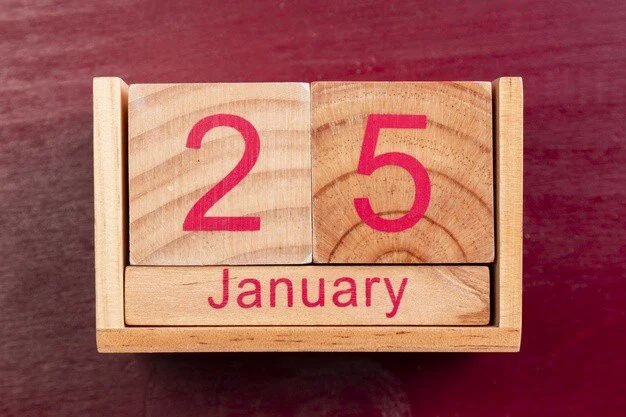Approximately 60,000 PPP Loans Approved Nationwide
1/25/2021
965,000
The number of Americans filing new claims for state unemployment benefits climbed to 965,000 in the week ending Jan. 9 — the highest since late August, the U.S Department of Labor reported. The figure is an increase of 181,000 from the previous week’s revised level. Continuing claims, which track the aggregate total of Americans applied for jobless benefits, climbed for the first time since November to 5.27 million in the week ended Jan. 2 — an increase of 199,000 over the previous week’s reading. Furthermore, for the week ending Jan. 9, there were 284,886 workers applied for PUA (Pandemic Unemployment Assistance), a program for the self-employed and gig workers, the report shows.
$5B
The U.S Small Business Administration has declared that it has approved approximately 60,000 PPP loans nationwide, which were submitted between Jan. 11–17 by nearly 3,000 lenders that totaled more than $5 billion. The small-business relief loans start flowing again as many small businesses continue to struggle during the economic fallout triggered by the pandemic. One-third of small businesses respondents surveyed between Jan. 4 and Jan. 10 expressed they would need financial assistance — up from 25% in mid-November, according to the Census Bureau survey. This new wave of PPP loans is another great start for helping our nation’s economy and to keep small business workers on the payroll and their doors open during this challenging time, said SBA Administrator Jovita Carranza.
4.3%
The U.S job market has a long recovery ahead, says Jerome Hayden Powell, the chairman of the Federal Reserve. The economy is expected to grow at 4.3% this year and the jobless rate remained at 6.7% in December and by the end of 2021, the figure on the unemployment rate will be falling to 5.3%, the WSJ reported. The new data shows that U.S. gross domestic product is also projected to surge 4.3% in the Q4 of 2021 from the same period a year earlier, up from a 3.7% growth forecast in the previous month’s survey. However, if there is no vaccine, there is no recovery, says RSM chief economist Joe Brusuelas. The economy will be on the soft side for the next several months, but with fiscal support and vaccines, the economy should kick into a higher gear by summer, said Mark Zandi, chief economist of Moody’s Analytics.
2.5M
The travel industry saw the biggest downfall ever due to Covid-19. The U.S. Travel Association found that spending on business travel by domestic and international travelers totaled $334.2 billion in 2019, supporting 2.5 million jobs. The recovery process for the travel industry will be complicated and lengthy, reports The Wall Street Journal. The shift to work from home made travel-dependent sectors suffer — nearly 1 million travel-related jobs have been lost in the US. The massive drop in business travel could be permanent, says some travel industry experts, while some people to be more optimistic. Business travel in the US is expected to reach 50% of its pre-pandemic levels by the end of 2021 and 70% by 2023.
0.4%
The U.S consumer-price index rose 0.4% in December after rising 0.2 percent in November, and 1.4% higher than they were a year prior, the U.S. Bureau of Labor Statistics reported. The prices ticked higher as American households contended with higher gasoline prices, surging 8.4% — accounted for more than 60 percent of the overall increase. Food prices rose 0.4% in December, which is 3.9% higher than a year ago. Core inflation, excluding volatile food and energy components, edged up 0.1%, and just 1.6% from the year prior, matching economists’ expectations. Meanwhile, prices for lodging at hotels were dropped 11.2% from a year earlier and prices of used cars and trucks declined for the third consecutive month, dropped 1.2% in December, the report shows.
0.7%
The U.S Commerce Department reported that U.S. retail sales fell 0.7% in December after tumbling by a revised 1.4 percent in November. The figure marked the third consecutive month of declines amid the coronavirus pandemic. However, the figure is still 3% better than it was in December 2019. Total sales for all 12 months of 2020 were up 0.6% from 2019. The report shows that spending declined at electronics & appliance stores (4.5%), food & beverage stores (1.4%), sporting goods, hobby, musical instrument & books stores (0.8%), and at restaurants and bars, sales fell sharply 4.5%. Meanwhile, the car and parts dealers saw an increase in sales (10.1%) and the biggest increase was at gas stations was up 6.6% since November.
20%
According to the Mortgage Bankers Association, the applications for the refinance have raised high up to 20% in the last week when compared with the before a week. This has stayed as the highest percentage with approximately 93% also the biggest rate from the Covid-19 pandemic has started. The approximate obligation of an interest rate for the 30 years fixed-rate mortgages has been raised from 2.86% to 2.88% with the span of one week. The weekly rate to purchase a home by taking mortgage loans has been increased to 8%. This is 10% more when compared with the last year.


